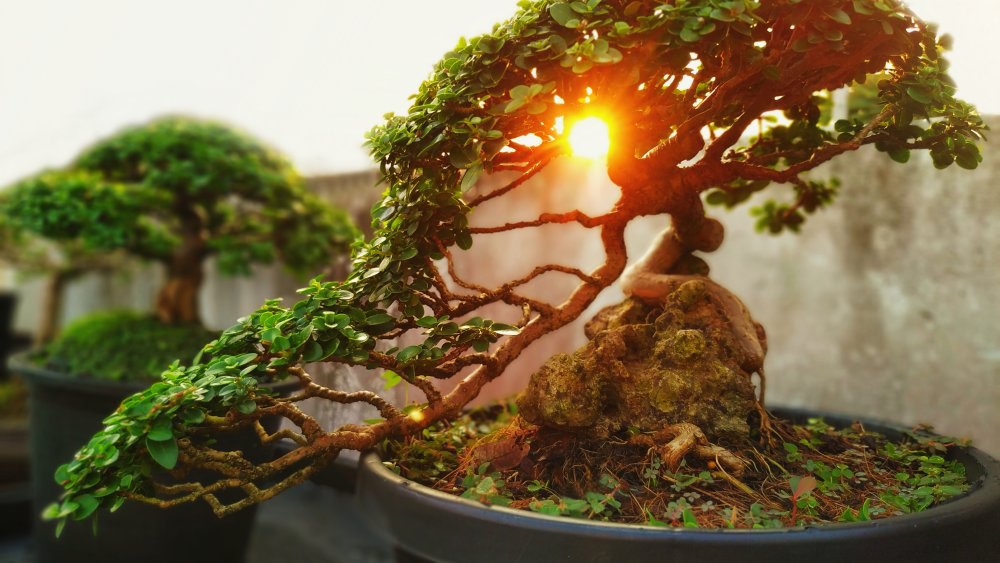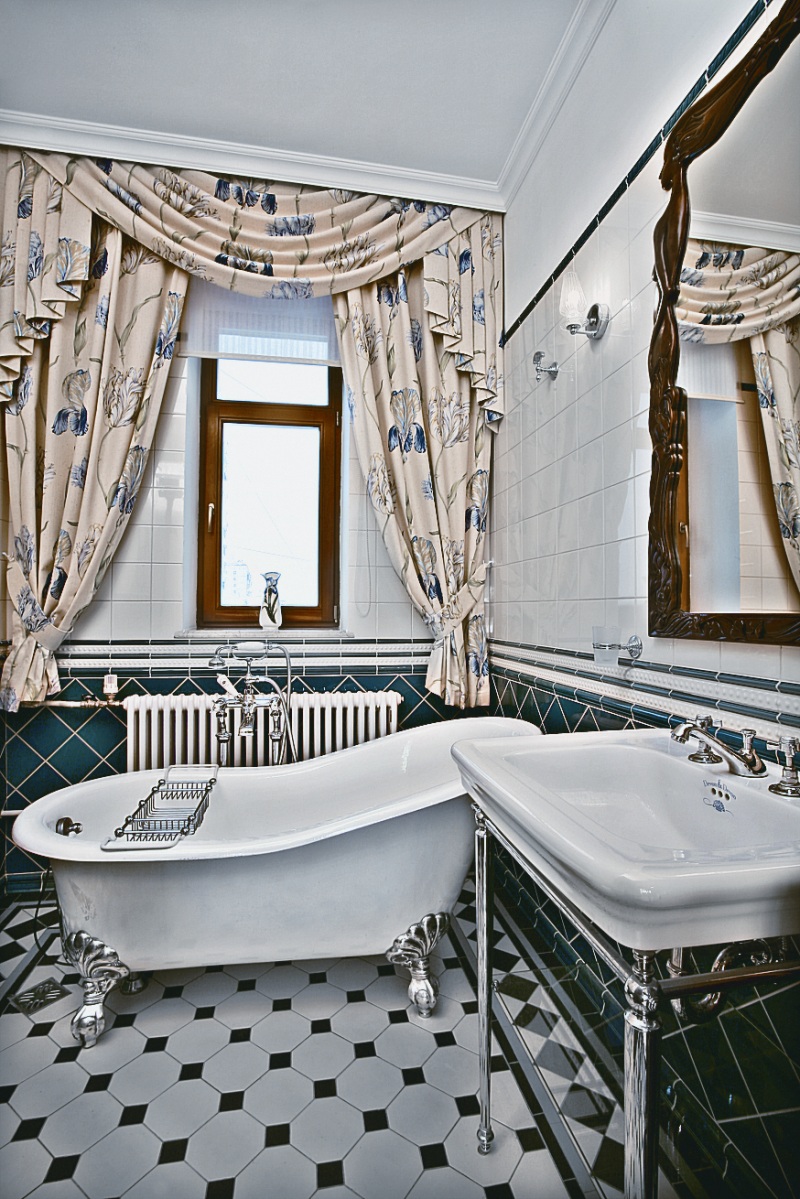Holyrood Come Home Year Committee
Table of Content
- Step back in time to see shoe collection at Museum of...
- Man sent to hospital in police custody following single-vehicle rollover in Conception Bay South late Saturday night
- Holyrood Declares 2019 as a Come Home Year
- Rugby – Edinburgh v Castres, Heineken Champions Cup
- Holyrood Palace
- Cape Breton man's day parole revoked for a second time
The upper floor of the gatehouse was a workshop for the glazier Thomas Peebles until 1537, when it was converted into a space for mending the royal tapestries. In 1512 a lion house and menagerie were constructed in the palace gardens to house the king's lion, civet, tigers, lynx, and bears. James IV held tournaments of the Wild Knight and the Black Lady in Edinburgh in 1507 and 1508.
Representatives from the town are Councillors Kim Ghaney and Sadie King and director of recreation and community events Steve Martin. The town has declared 2019 a come home year, with a committee in place to line up events this summer as part of the festivities. This was recognized during the first municipal council meeting of 2019, held Jan. 15, where Mayor Gary Goobie signed a proclamation recognizing 50 years of municipal government. The Palace of Holyroodhouse covers 87,120 square feet of floor space and contains 289 rooms.
Step back in time to see shoe collection at Museum of...
Artois - who would accede to the French throne in 1824 as Charles X - resided at Holyroodhouse from 1796 to 1803. He occupied the King’s Apartments, and during this period the palace was refurbished. Artois took advantage of the sanctuary provided by the abbey to avoid his creditors.
It has been our privilege to have the trust and support of our East Coast communities for the last 200 years. Our 100 journalists strive to inform and improve our East Coast communities by delivering impartial, high-impact, local journalism that provokes thought and action. Please consider joining us in this mission by becoming a member of the SaltWire Network and helping to make our communities better. Mayor Goobie thanked all members for agreeing to come forward and get involved in the committee to prepare for what he anticipates will be an exciting year for the community. Goobie said the festivities met their goal – to create and capture a sense of community spirit and unity within the community. With their Come Home Year celebrations behind them, council members recently had a chance to assess the success of the festivities.
Man sent to hospital in police custody following single-vehicle rollover in Conception Bay South late Saturday night
The 16th-century historic apartments of Mary, Queen of Scots, and the State Apartments, used for official and state entertaining, are open to the public throughout the year, except when members of the royal family are in residence. The Queen's Gallery was built at the western entrance to the Palace of Holyroodhouse and opened in 2002 to exhibit works of art from the Royal Collection. During his visit to Scotland in 1822, King George IV became the first reigning monarch since Charles I in 1641 to visit the Palace of Holyroodhouse. Although he was lodged at Dalkeith Palace, the king held a levée at Holyroodhouse, received addresses, and was shown the historic apartments of Mary, Queen of Scots. He ordered repairs to the palace but declared that Queen Mary's rooms should be protected from any future changes. Between 1824 and 1834, Robert Reid oversaw works including the demolition of all the outlying buildings to the north and south of the quadrangle, and the refacing of the south front.
His sons, Louis Antoine and Charles Ferdinand, also spent periods at Holyroodhouse with their father. To him, one of the most magical moments was watching the parade through town that acted as one of the first events to open up the 10-day schedule. Goobie said it helped him realize just how many people were spending time in the community.
Holyrood Declares 2019 as a Come Home Year
Repairs were put in hand to allow use of the palace by the Earl of Lauderdale, the Secretary of State, and a full survey was carried out in 1663 by John Mylne. Apart from Holyroodhouse and Windsor Castle, Charles II failed to complete any of his palace modernisation schemes, largely due to lack of money. The reason that the Palace of Holyroodhouse was seen as a priority and was completed was that the rebuilding of the palace was paid for by the Privy Council. Following the failure of proposals for political union with England in 1669, the Council wanted to emphasise Edinburgh’s position as a royal capital and seat of government. In practice, the royal apartments would be occupied by the Lord High Commissioner, and the other apartments were to be given over as lodgings for various officers of state.

The Bourbons remained in Edinburgh until September 1832, when they moved to Prague. In 1834 William IV agreed that the Lord High Commissioner to the General Assembly of the Church of Scotland could make use of the palace during the General Assembly’s annual meeting, and this tradition continues today. The King's Apartments occupied the whole of the south and east sides of the Quadrangle. Accessed from the Great Stair, the suite of rooms comprised a guard chamber, presence chamber, privy chamber, antechamber, bedchamber and closet.
The level of privacy, as well as the richness of decoration, increased in sequence. The Throne Room was originally the King's Guard Chamber, but was used as the King's Drawing Room from the visit of George IV in 1822, when a throne and canopy of state were erected at the west end of the room for the levees hosted there. Queen Victoria used the room as a dining room, before it became the Throne Room in 1871. The 1822 throne was replaced in 1911 by a pair of throne chairs made for George V and Queen Mary, which sit upon the dais beneath the Royal Arms of Scotland.

In 1929 a new ceiling was installed that matched the others in the King's Apartments, and oak-panelled walls which incorporate paintings were installed. The paintings include the John Michael Wright portrait of Charles II and Peter Lely's portraits of Catherine of Braganza, James VII and Mary of Modena. The palace extends approximately 230 feet from north to south and 230 feet from east to west. The 16th-century north-west tower is balanced with a matching south-west tower, each with a pair of circular angle turrets with ball-finialled, conical bell-cast roofs. The towers are linked by a recessed two-storey front, with the central principal entrance framed by giant Doric columns and surmounted by the carved Royal arms of Scotland. Above the arms a crowned cupola with a clock rises behind a broken pediment supported by dolphins, on which are two reclining figures.
Please go to holyrood50.ca or fill out the attached form and let us know you are attending. Her photo is shared among the parliamentary family on WhatsApp offering regular updates on her latest antics. Ms Grahame explained that she is “Auntie Christine” to Mabel and has watched her progress even before she came to live with her owner as they had photos and video direct from the breeder.

The Great Stair in the south-west corner of the Quadrangle has a 17th-century Baroque ceiling featuring plaster angels holding the Honours of Scotland. The Italian paintings on the walls are fragments of frescoes painted circa 1550 by Lattanzio Gambara, illustrating scenes from Ovid's Metamorphoses. At the top of the stair are the entrances to the West Drawing Room - the former Council Chamber - and the Royal Dining Room.
The elaborate plasterwork was carried out by the English plasterers John Houlbert and George Dunsterfield. In November 1679, James, Duke of Albany, the future James VII, and his wife, Mary of Modena, took up residence at Holyroodhouse following James’s appointment as Lord High Commissioner. They resided at the palace until February 1680, and then again from October 1680 to May 1682, and during this period culture flourished in Edinburgh under the patronage of James’s vice-regal court. When James acceded to the throne in 1685, the Catholic king set up a Jesuit college in the Chancellor's Lodging to the south of the palace.

Comments
Post a Comment